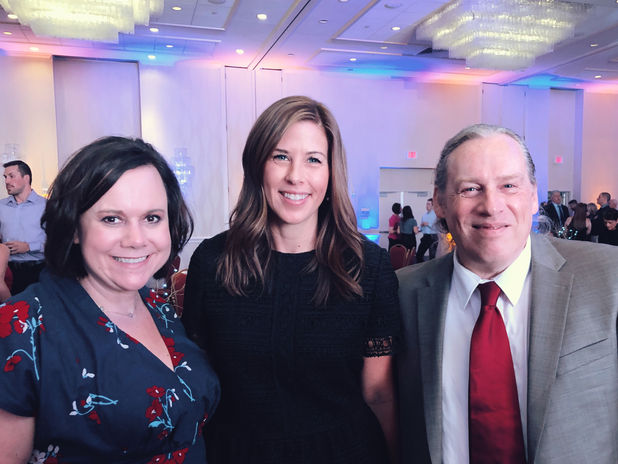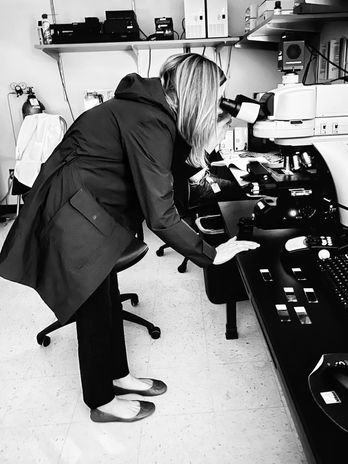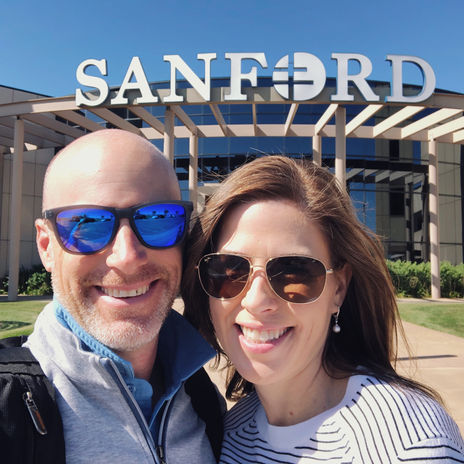
Sponsored
Research
Your generosity at work
Sponsored Research
Your generosity at work
Our research team is a diverse, international team of scientists, physicians, and patient advocates that are focused on the long-term goal of finding treatments for CLN3 Batten disease. Soon after diagnosis, Karen and David Kahn were introduced to several researchers in the rare disease field. Working with only ideas and discretionary funds, Drs. Weimer and Hastings collaborated with the Foundation to establish a research program focused on understanding disease mechanisms as a way to discover and develop a therapy. Through tireless fund-raising efforts, made particularly daunting by the struggles of having young twin daughters with CLN3 Batten, the Foundation was able to bring together and fund additional scientists including Dr. Stephane Lefrancois, Dr. Jon Cooper, Dr. Jon Brudvig, and Dr. Ruchira Singh. As a team, we work together to make key insights into the disease including discoveries that will inform therapeutic and clinical efficacy.
Drs. Hastings and Weimer have been testing antisense oligonucleotides, small molecule, and gene therapy approaches for treatment, working together to assess gene expression and functional recovery in animal models. Dr. Lefrancois is working with the group using a powerful cell-based assay for assessing protein-protein interactions in live cells to validate treatment approaches by demonstrating preservation or recovery of key CLN3 protein interactions in the cell. These experiments have also led to important insights into the function of the protein and to Dr. Brudvig’s work identifying potential biomarkers of disease. Dr. Singh is working with the Forebatten team to develop patient-specific and cell-type specific cell lines that allow for testing of CLN3 function and disease pathways in cells that have relevant CLN3 mutations and are most sensitive to CLN3 mutations. Dr. Cooper’s work is defining the onset and progression of disease within the enteric and peripheral nervous systems and targets these under-appreciated aspects of the disease.
Driven by personal experience, the foundation is in a unique position to help guide the scientific team to prioritize experiments based on the daily challenges of CLN3 with the ultimate goal for treatments and eventual cure.
* ForeBatten Foundation sponsored research grants support direct project costs.
Awards from ForeBatten do not fund institutional overhead or indirect costs.
Dr. Jill Weimer addresses attendees at Take a Swing Fore Batten III












